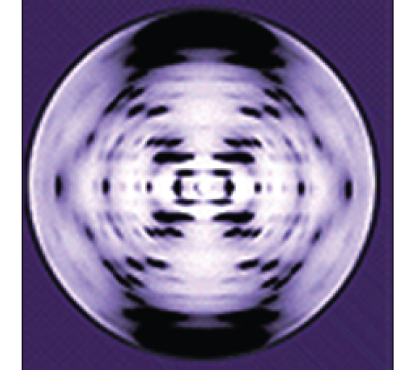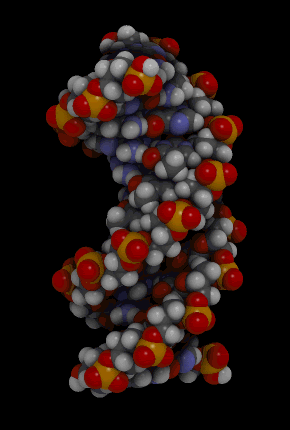Who discovered DNA? – First advances of the 50s
Watson, Crick and Rosalind Franklin
In the early 1950s, American biologist James Watson and British physicist Francis Crick proposed their famous DNA double helix model. They were the first to cross the finish line in this scientific «race,» with others such as Linus Pauling (who discovered protein secondary structure) also trying to find the correct model.
Rather than carrying out new experiments in the lab, Watson and Crick mostly collected and analyzed existing pieces of data, putting them together in new and insightful ways. Some of their most crucial clues to DNA’s structure came from Rosalind Franklin, a chemist working in the lab of physicist Maurice Wilkins.
Franklin was an expert in a powerful technique for determining the structure of molecules, known as X-ray crystallography. When the crystallized form of a molecule such as DNA is exposed to X-rays, some of the rays are deflected by the atoms in the crystal, forming a diffraction pattern that gives clues about the molecule’s structure.

X-ray diffraction image of DNA. The diffraction pattern has an X shape representative of the double-stranded helical structure of DNA.
Image modified from «DNA structure and sequencing: Figure 2,» by OpenStax College, Biology (CC BY 3.0)
Franklin’s crystallography gave Watson and Crick important clues to the structure of DNA. Some of these came from the famous “image 51,” a remarkably clear and striking X-ray diffraction image of DNA produced by Franklin and her graduate student. (A modern example of the diffraction pattern produced by DNA is shown above.) To Watson, the X-shaped diffraction pattern of Franklin’s image immediately suggested a helical, two-stranded structure for DNA.
[Did Watson and Crick steal Franklin’s data?]
Watson and Crick brought together data from a number of researchers (including Franklin, Wilkins, Chargaff, and others) to assemble their celebrated model of the 3D structure of DNA. In 1962, James Watson, Francis Crick, and Maurice Wilkins were awarded the Nobel Prize in Medicine. Unfortunately, by then Franklin had died, and Nobel prizes are not awarded posthumously.
Watson and Crick’s model of DNA
The structure of DNA, as represented in Watson and Crick’s model, is a double-stranded, antiparallel, right-handed helix. The sugar-phosphate backbones of the DNA strands make up the outside of the helix, while the nitrogenous bases are found on the inside and form hydrogen-bonded pairs that hold the DNA strands together.
In the model below, the orange and red atoms mark the phosphates of the sugar-phosphate backbones, while the blue atoms on the interior of the helix belong to the nitrogenous bases.

-
Reference Publications









 EL SALVADOR
EL SALVADOR HONDURAS
HONDURAS

 BOLIVIA
BOLIVIA PERÚ
PERÚ